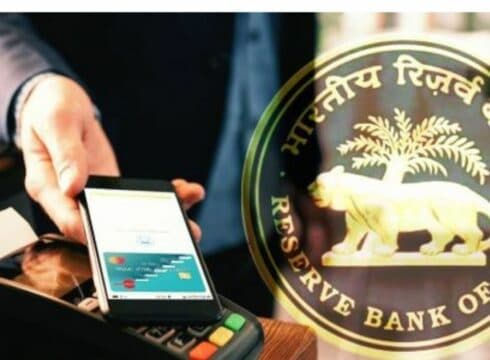This development means that there will be no need to maintain different apps and only one QR code will be used through which all payments can be made across merchants
The regulator said that it will also continue with the consultative process to standardize and improve interoperable QR codes
Earlier, an RBI report revealed, digital payment system Unified Payments Interface (UPI) is catering to over 250 Mn transactions monthly through QR codes
Inc42 Daily Brief
Stay Ahead With Daily News & Analysis on India’s Tech & Startup Economy
In a bid to unify the burgeoning fintech opportunity, the Reserve Bank of India (RBI) has issued fresh guidelines under which payment aggregators will have to use either Unified Payments Interface or Bharat QR as one interoperable QR code by March 31, 2022. It has also barred Payment System Operators (PSOs) from launching any new proprietary QR code for payment transactions.
“The above measures are expected to reinforce the acceptance infrastructure, provide better user convenience due to interoperability and enhance system efficiency,” the apex bank said.
A payment aggregator is an intermediary service provider who allows merchants to process payments made by customers digitally.
This development means that there will be no need to maintain different apps and only one QR code will be used through which all payments can be made across merchants. For example, PhonePe users can pay a merchant by scanning the matrix barcode issued by Paytm, Google Pay, BharatPe and others.
This is aimed at increasing digital payments transactions as the apex bank has been pushing interoperability for a long time.
The banking regulator said that it will also continue with the consultative process to standardise and improve interoperable QR codes.
These guidelines come after the Deepak Pathak committee set up by the RBI in December 2019 recommended a review of the current system of QR Codes in India.
Earlier, an RBI report revealed, digital payment system Unified Payments Interface (UPI) is catering to over 250 Mn transactions monthly through QR codes.
The National Payments Corporation of India (NPCI), in March 2018, had made it compulsory for every UPI application such as Google Pay, PhonePe, Paytm and others to all customers to scan Bharat QR codes and respond to merchants’ payment requests. NPCI had also reportedly proposed to give tax incentives on such transactions by this year to boost the system even further. Yet the merchants seem to be a little reluctant from coming on board for the QR Payment system, no matter how simple it is.
According to recently revealed data by RBI, digital payments across India increased at a compound annual growth rate (CAGR) of 55.1% over the past five years, i.e., between the financial years (FY) 2015-16 and 2019-20.
Spike In Digital Payments
A Redseer report has revealed that as the Indian economy rebounds after the Covid-19 lockdown, there will be a consequent growth in digital payments, which are expected to grow 2x and touch $60 Tn by 2022.
As per the data revealed by the Reserve Bank of India (RBI) in September, a total of 1.66 Bn transactions worth INR 5.99 lakh Cr were done via mobile-based banking and payment application in June which has increased from the transactions that happened in February.
{{#name}}{{name}}{{/name}}{{^name}}-{{/name}}
{{#description}}{{description}}...{{/description}}{{^description}}-{{/description}}
Note: We at Inc42 take our ethics very seriously. More information about it can be found here.


